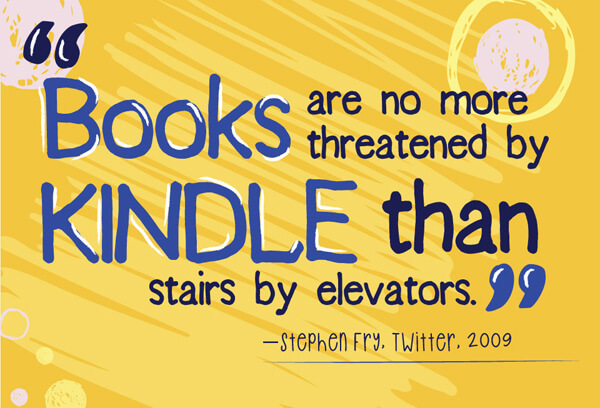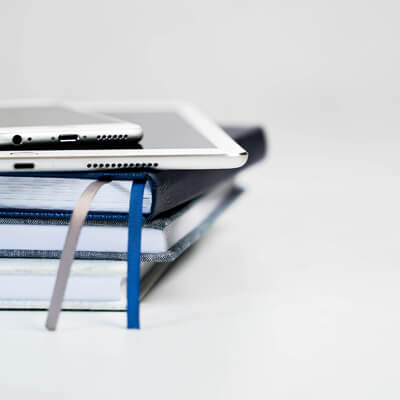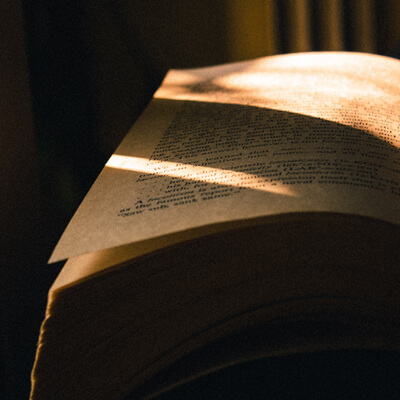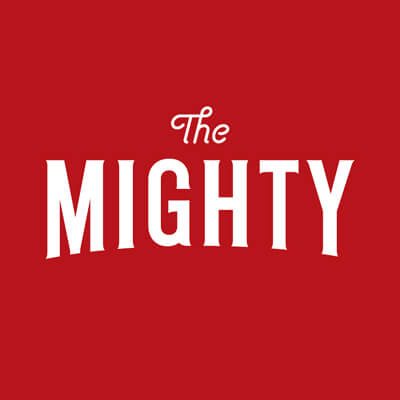
E-BOOKS
Introduction
E-books began as a kind of afterthought, a by-product of publishing's main product, which was printed books. As e-readers, tablets, laptops, and phones became better able to present book-length texts, and as readers become more used to the convenience of e-books, their popularity grew—and so did the need to create e-books that that could deliver rich reading experiences.
As consumer demand grows, so does the need to create e-books that are widely accessible. This section provides an overview of e-books, a short history of their development, and some resources to assist in the creation of accessible e-books.
What is an E-book?
An e-book is a non-editable book that is read on a digital device such as an e-reader, tablet, smartphone, or computer. E-books have different characteristics from other digital files, one of which is they cannot be changed without an author's permission (Learn Hub, 2018).

An EPUB (electronic publication) is the most widely supported e-book format and can be read on many types of devices, including computers, smartphones, tablets, and most e-readers (except Kindles). All EPUB file formats fall under Digital Rights Management (DRM), a way to protect copyright for digital media and support both reflowable and fixed layouts. The text and images in reflowable EPUB files can adjust to fit any screen, allowing the reader to change the size of the text, alter contrast, and navigate easily with compatible screen-reader technology. Reflowable layout is best suited for text-based content with minimal imagery. Fixed layout EPUBs remain the way the designer intended regardless of screen size. Fixed layouts are best suited for children’s books or image-heavy content where design and layout aid in comprehension.

Known for their ease of use and ability to maintain high-end designs and formats, PDFs (portable document format) are not reflowable. Like EPUB files, they have fixed layouts, but unlike the latter, they have only basic copy protection, which means they can be easily downloaded, shared for free, and read on most devices.
Digital vs. Print
People have conflicted feelings about e-books versus print books.Print books have a texture, thickness, and weight to them that e-books do not; one that creates a relationship between object and person.You can buy "book-scented" candles designed to smell like leather bindings, old paper, and even "reading on a rainy day". Images and illustrations can be reproduced at a higher quality in print books. Print books also don’t need WIFI, batteries, chargers, plugs, outlets, or software updates, and tend to induce less eye stain than electronic devices (The Best Schools, 2022).
E-books have their advantages as well. One is saved shelf: you can store thousands of books on one device. They also cost less than their print equivalents and reduce the environmental effects associated with producing paper and ink. E-books are portable and convenient, can be instantly downloaded, and quotes and sections of the book are easily searchable by keywords (Learn Hub, 2018).
Image source: 2h media/Unsplash
Canadian publisher Harlequin has made a list of the pros and cons of book formats.
Image source: FelipePelaqim/Unsplash
Choose an e-book if:
- The book you want to read is out of print.
- You’re running out of space on your bookshelves.
- You read while travelling - an e-reader is smaller, lighter, and easier to hold with one hand than most books.
- You want to adjust font size, background brightness, and other aspects of the page.
- You’re on a tight book budget (e-books are typically less expensive than print books).
- The book is particularly long, heavy, or unwieldy, or if it is difficult for you to hold a print book and turn the pages.
Image source: Thilak Mohad/Unsplash
Choose a print book if:
- You prefer to feel, turn, and bookmark paper pages.
- Reading on a screen tires your eyes.
- The book is graphics-heavy (graphics, images, photos, maps, or illustrations aren't always optimized in digital formats).
- You prefer reading text on a white page.
- You don’t have access to an e-reader or tablet that supports digital editions.
- You’re uncomfortable troubleshooting technological issues that may come up with files, hardware, or software.
Spotlight: The Mighty
Image source: themighty.com
In a blog post on The Mighty, a supportive online community for disabled people and caregivers, author Lisa Rutledge gives some of the reasons why she reads e-books rather than print books. Rutledge has limited movement and mobility due to cerebral palsy and struggles to hold a print book. For her, e-readers are more accessible because they are lighter and more compact, reducing stress on her arms and hands. She can highlight quotes or take notes with a touch of her finger and notes that if, like her, you have difficulty with hand and finger control, taking notes with an actual highlighter and a pen can be messy and uncomfortable.
With e-readers, you can adjust font size, margins, and line spacing and have the option to choose the Open Dyslexic font. Some e-readers can speak text, but they might require Bluetooth headphones because they don’t have a headphone jack.
While Rutledge says she misses the smell of paper and ink and visiting and supporting local bookstores, she also notes that many of the latter aren’t accessible: their entrances may have steps and doorways too narrow for a wheelchair, and stacked books and crowded aisles make navigation difficult.




